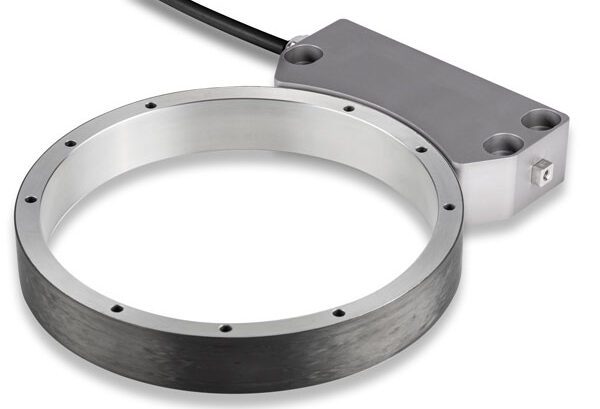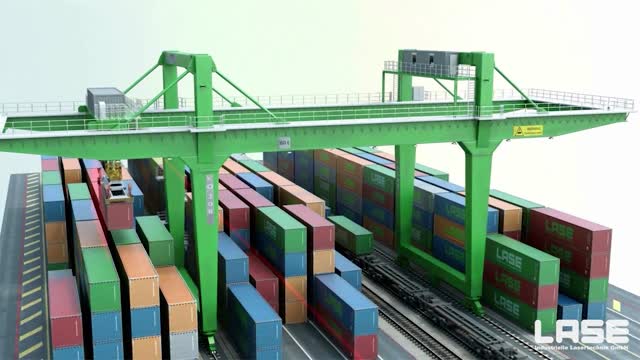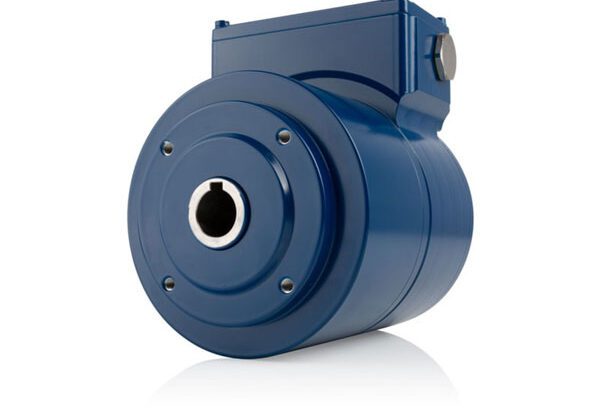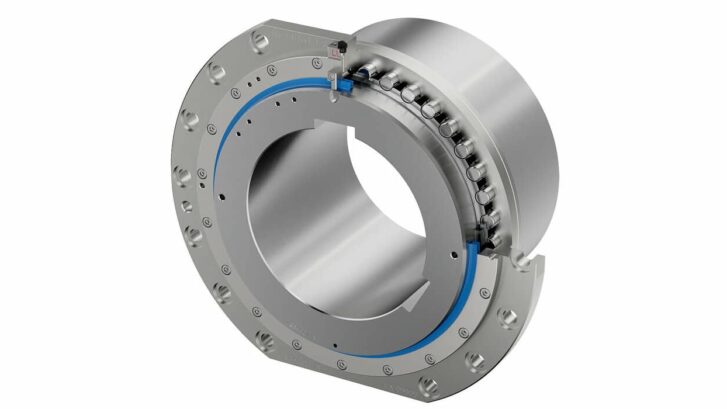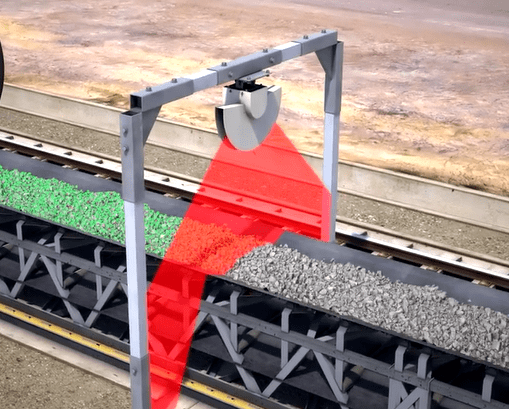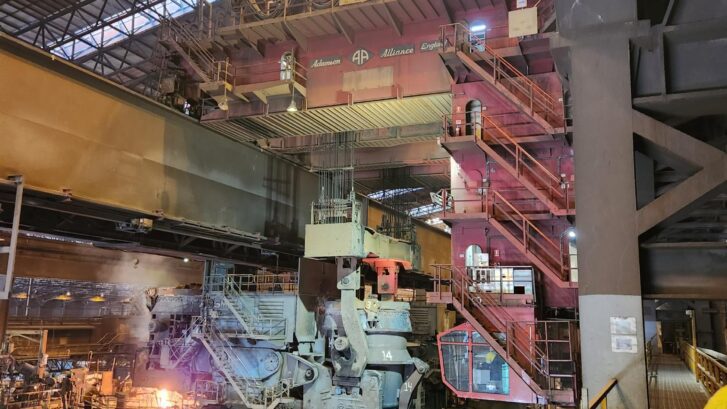Durable and hardy products in industrial port environments
The Necessity of Using Durable and Hardy Products in Industrial Port Environments
Industrial ports are the beating heart of global commerce. They facilitate the movement of millions of tons of goods annually and operate in environments that are often punishing to both personnel and equipment. Saltwater exposure, harsh weather, corrosive materials, and heavy loads are just some of the conditions that port operations must endure. Therefore, using durable and hardy products is not just essential—it’s critical. This article explores why durable products are necessary in industrial ports, how they contribute to safety, cost efficiency, and sustainability, and what qualities to look for when selecting products for port environments.
Table of Contents
- Understanding Industrial Port Environments
- Challenges Faced by Equipment and Infrastructure in Ports
- Benefits of Using Durable and Hardy Products
- Resistance to Harsh Conditions
- Enhanced Safety and Reliability
- Reduced Downtime
- Long-Term Cost Savings
- Operational Efficiency
- Sustainability Benefits
- Key Features of Durable Products for Port Environments
- Case Studies: The Impact of Durable Products in Ports
- Conclusion
1. Understanding Industrial Port Environments
Industrial ports serve as gateways for international trade. In regions like the Pilbara, South Australia, and other major coastal areas, ports handle enormous amounts of cargo daily, including raw materials, heavy machinery, and consumer goods. Consequently, these ports operate around the clock, with strict schedules that ensure global supply chains run smoothly.
However, these critical hubs are constantly exposed to environmental factors that can degrade infrastructure and machinery. Equipment failure in this setting could lead to significant operational setbacks. Thus, durable and hardy products are the backbone of port infrastructure, ensuring that operations continue without interruption, even under the most extreme conditions.
2. Challenges Faced by Equipment and Infrastructure in Ports
Port environments present a unique set of challenges that make durability a necessity:
Corrosion from Saltwater
Ports are typically located near large bodies of saltwater, which accelerates the corrosion of metal components. Saltwater is highly corrosive, particularly to materials like steel and iron. Therefore, without proper treatment or the use of corrosion-resistant materials, equipment can fail prematurely, leading to operational delays and increased maintenance costs.
Heavy Load Handling
Industrial ports must accommodate a constant flow of heavy loads, from large shipping containers to bulk materials like coal, grain, and minerals. The machinery used to handle these materials—such as cranes, conveyors, and shiploaders—must be strong enough to withstand immense stress. As a result, products that lack durability will not last long under the constant pressure and movement associated with port operations.
Weather Extremes
Ports are also exposed to a wide range of weather conditions, including high humidity, intense heat, freezing temperatures, and strong winds. The constant exposure to these elements places additional strain on equipment. Consequently, weather-induced wear and tear, combined with regular mechanical stress, means that equipment must be hardy enough to function consistently in unpredictable environments.
24/7 Operations
Because ports operate non-stop, equipment and infrastructure must be able to sustain continuous usage without compromising performance. Frequent downtime is unacceptable in the high-stakes world of international logistics. As such, equipment must be designed to operate reliably over long periods without failing or requiring frequent maintenance.
3. Benefits of Using Durable and Hardy Products
Durable and hardy products offer several benefits that make them essential in industrial port environments. These include resistance to corrosion, enhanced safety, and improved cost efficiency.
Resistance to Harsh Conditions
Durable products are designed to withstand the harsh conditions prevalent in industrial ports. This includes resistance to corrosion from saltwater and chemicals, as well as protection against extreme weather conditions. Using corrosion-resistant materials like stainless steel or equipment with specialized coatings helps prevent early degradation, extending the lifespan of machinery and reducing the need for replacements.
For instance, components such as high-quality bearings, robust couplings, and heavy-duty encoders made from corrosion-resistant materials ensure that machinery can function reliably in even the harshest environments.
Enhanced Safety and Reliability
Safety is paramount in industrial port environments. The use of unreliable or weak equipment can lead to dangerous accidents, injuries, or even fatalities. Therefore, durable and well-engineered products reduce the risk of equipment failure, ensuring that operations run smoothly and without incident. Reliable equipment is crucial for high-stakes operations, such as crane handling, conveyor systems, and shiploading, where any malfunction could cause significant damage.
For example, safety components like overspeed switches, which are often installed in high-risk machinery, need to perform consistently and accurately to prevent accidents. Products that can stand up to the wear and tear of port environments reduce the risk of catastrophic failures, protecting both the workers and the goods being handled.
Reduced Downtime
Downtime in industrial ports can have a ripple effect across global supply chains, delaying shipments, increasing costs, and reducing profitability. Therefore, durable products significantly reduce the likelihood of unexpected breakdowns and downtime. By investing in high-quality equipment that can endure extreme conditions, port operators minimize the risk of equipment failure, keeping operations running smoothly.
Long-Term Cost Savings
Although high-quality, durable products may come with a higher upfront cost, they result in substantial long-term savings. Equipment that lasts longer requires fewer repairs and replacements, reducing the overall cost of ownership. Moreover, by choosing products designed for long-term use, port operators can reduce maintenance expenses and avoid the high costs associated with frequent downtime.
Furthermore, products with enhanced durability often come with better warranties and service agreements, ensuring that operators get the most out of their investment over time.
Operational Efficiency
Efficient operations are crucial in industrial ports. Equipment that breaks down frequently or cannot handle the stress of constant use can slow down operations and create bottlenecks. Durable products, on the other hand, improve operational efficiency by ensuring that equipment functions smoothly, with minimal interruptions.
For instance, heavy-duty industrial encoders used in position tracking and feedback systems are vital for maintaining precise control over cranes and other machinery. These encoders must withstand constant movement and exposure to the elements while delivering accurate data to keep operations running smoothly.
Sustainability Benefits
Sustainability has become a critical consideration in port operations as more companies focus on reducing their environmental impact. Using durable products that last longer and require fewer replacements reduces the overall consumption of raw materials and energy used in manufacturing. In addition, less frequent replacements mean less waste, which aligns with sustainable practices in modern industry.
Choosing products that are built to last contributes to a more sustainable port environment, reducing the need for new resources and minimizing the environmental impact associated with production and disposal.
4. Key Features of Durable Products for Port Environments
When selecting products for industrial port environments, there are several key features to consider. These features ensure that equipment can endure the harsh conditions typical of ports.
Corrosion Resistance
Given the constant exposure to saltwater, products must be corrosion-resistant. Therefore, materials like stainless steel, aluminum, and high-grade coatings can extend the lifespan of equipment. Anti-corrosion treatments and protective coatings further enhance the durability of exposed metal components.
Weatherproofing
Products must also be designed to withstand extreme weather conditions. Equipment that operates outdoors needs to be capable of functioning in intense heat, cold, rain, and wind. Weatherproof designs, such as sealed housings for electrical components, can protect sensitive systems from environmental damage.
Heavy-Duty Construction
Port equipment must handle heavy loads and constant movement. As a result, choosing products that are reinforced or made from heavy-duty materials ensures that they can withstand the physical demands of port operations. For instance, high-capacity bearings and industrial-grade couplings are essential for maintaining the integrity of heavy machinery.
Precision and Reliability
In environments where safety and efficiency are paramount, products must deliver reliable performance. Precision engineering is essential for systems like braking mechanisms, speed feedback devices, and encoders. These components must provide consistent and accurate data to ensure safe and efficient operations.
5. Case Studies: The Impact of Durable Products in Ports
Several real-world examples demonstrate the value of investing in durable products for industrial ports.
Example 1: Port Cranes with Corrosion-Resistant Components
In a coastal port in Northern Europe, cranes equipped with corrosion-resistant bearings and encoders were able to operate for extended periods without the need for replacement parts. This significantly reduced downtime and maintenance costs, resulting in improved operational efficiency and a longer service life for the cranes.
Example 2: Conveyor Systems with Heavy-Duty Components
A major port in Southeast Asia faced regular breakdowns of its conveyor systems due to inadequate materials. After switching to systems made from heavy-duty, weatherproof materials, the port saw a reduction in unplanned downtime and a 15% improvement in throughput.
6. Conclusion: Investing in Longevity for Competitive Advantage
In conclusion, the necessity of using durable and hardy products in industrial port environments is clear. From improved safety and operational efficiency to long-term cost savings and sustainability, durable products are essential for ensuring the smooth and reliable operation of port facilities. Therefore, by investing in high-quality, corrosion-resistant, and heavy-duty equipment, port operators can reduce maintenance costs, minimize downtime, and improve their competitive position in the global marketplace.
Durability is not just an option in industrial ports—it is a requirement for success.



